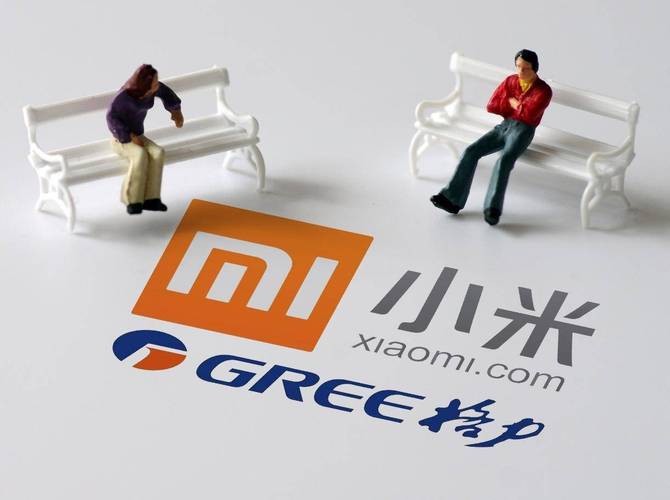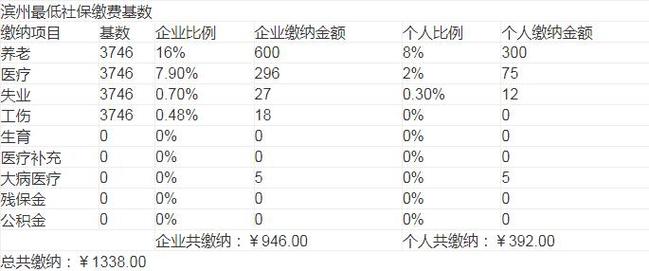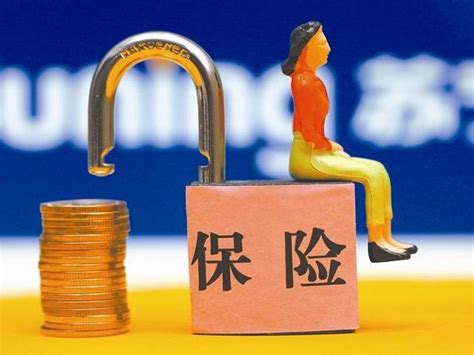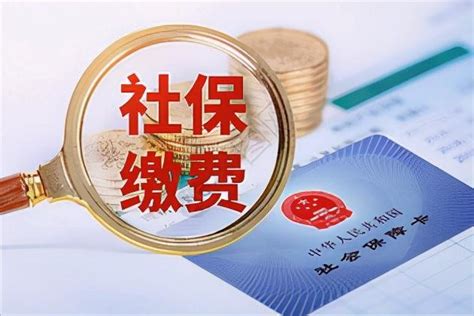Title: Analysis of the Current Situation in the White Goods Industry: A Case Study of Xiaomi's Air Conditioning Business and the Role of ThirdParty Manufacturers
Abstract:
The white goods industry, encompassing products such as air conditioners, refrigerators, and washing machines, is a crucial sector within the consumer electronics market. This paper seeks to analyze the current state of the white goods industry, taking a specific focus on Xiaomi's air conditioning business. Additionally, it will explore the role of thirdparty manufacturers in the production of white goods, as highlighted by the comments of a Xiaomi executive and the perspective of GOME's chairman, Dong Mingzhu.
Introduction:
The white goods industry in China has witnessed significant growth and competition in recent years, with companies vying for market dominance and technological innovation. One such player, Xiaomi, has made substantial strides in the air conditioning sector, as evidenced by its nationwide ranking and daily installation figures. These achievements have prompted discussions regarding the company's approach to manufacturing and its reliance on thirdparty producers. Concurrently, Dong Mingzhu, the chairman of GOME, has voiced insights into the dynamics of the white goods industry and its reliance on external manufacturers. This analysis aims to provide a comprehensive understanding of the current state of the industry and the impact of thirdparty manufacturers.
Literature Review:
To comprehend the white goods industry's current landscape, a review of existing literature, industry reports, and market analyses pertaining to the air conditioning and white goods sector will be conducted. This will help in shedding light on the competitive environment, technological advancements, consumer preferences, and the role of OEMs (Original Equipment Manufacturers) and ODMs (Original Design Manufacturers) in the production of white goods.
Methodology:
A mixedmethods approach will be adopted, involving quantitative data analysis of market shares, sales figures, and production volumes in the air conditioning segment. Qualitative research methods, including interviews with industry insiders and experts, will also be utilized to gain insights into the strategies employed by companies like Xiaomi and the perspectives of thirdparty manufacturers.

Analysis and Discussion:
The analysis will delve into the market positioning of Xiaomi in the air conditioning sector, taking into account its current performance and the factors contributing to its success. Moreover, the role of thirdparty manufacturers in supporting Xiaomi's endeavors and the broader implications for the white goods industry will be thoroughly examined. Dong Mingzhu's comments on the industry's dynamics and her perspective on external manufacturing partnerships will be critically evaluated to understand the complexities of the white goods market.
Conclusion:
By synthesizing the findings from the analysis, this paper will offer conclusions regarding the current state of the white goods industry, the strategic significance of thirdparty manufacturers, and the implications for companies like Xiaomi and industry stakeholders. Furthermore, it will contribute to the ongoing discourse surrounding the development and future trajectory of the white goods industry in China.
References:
An extensive list of references, including academic journals, industry reports, interviews, and statements from relevant industry figures, will be provided to substantiate the analysis and ensure academic rigor and credibility.











